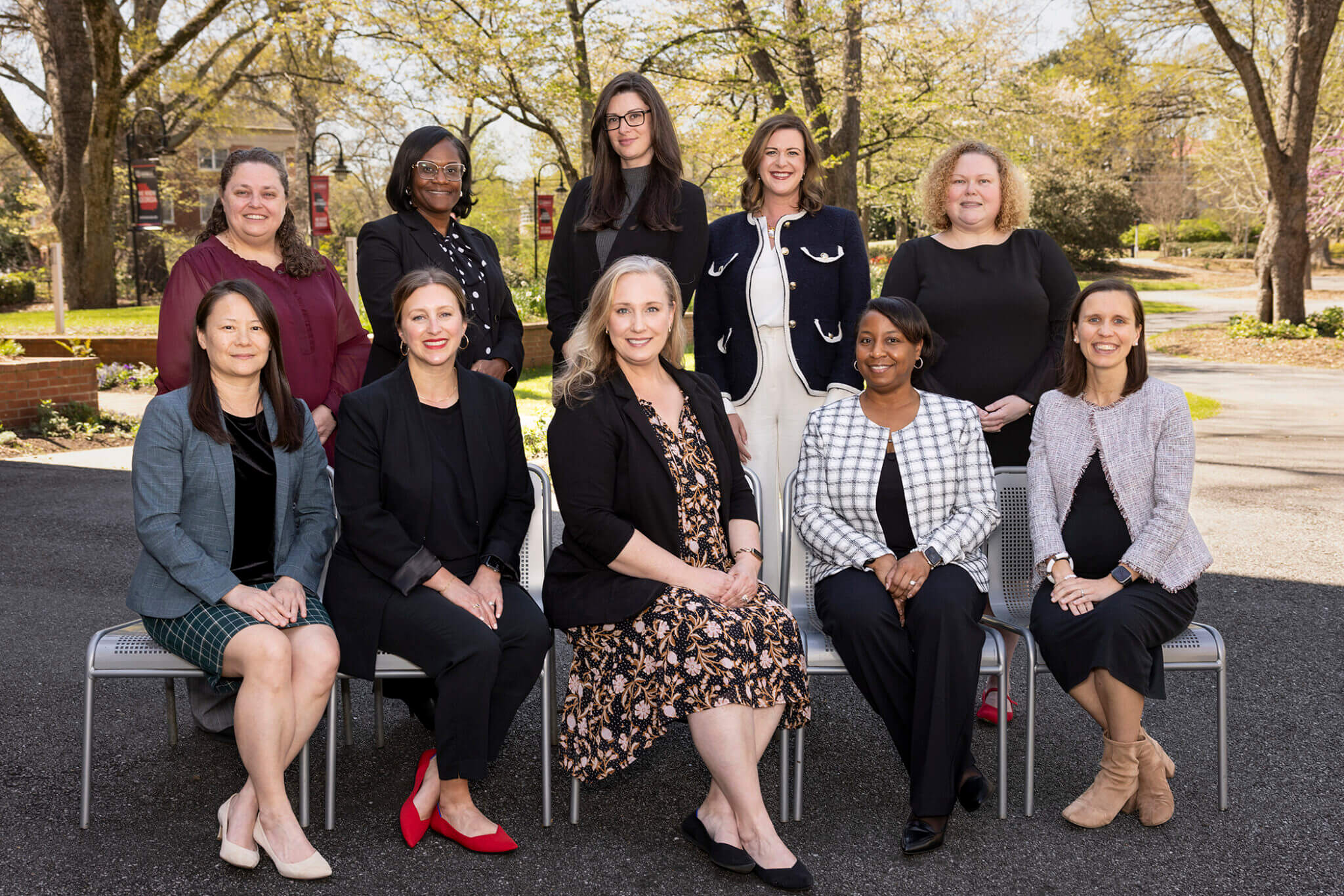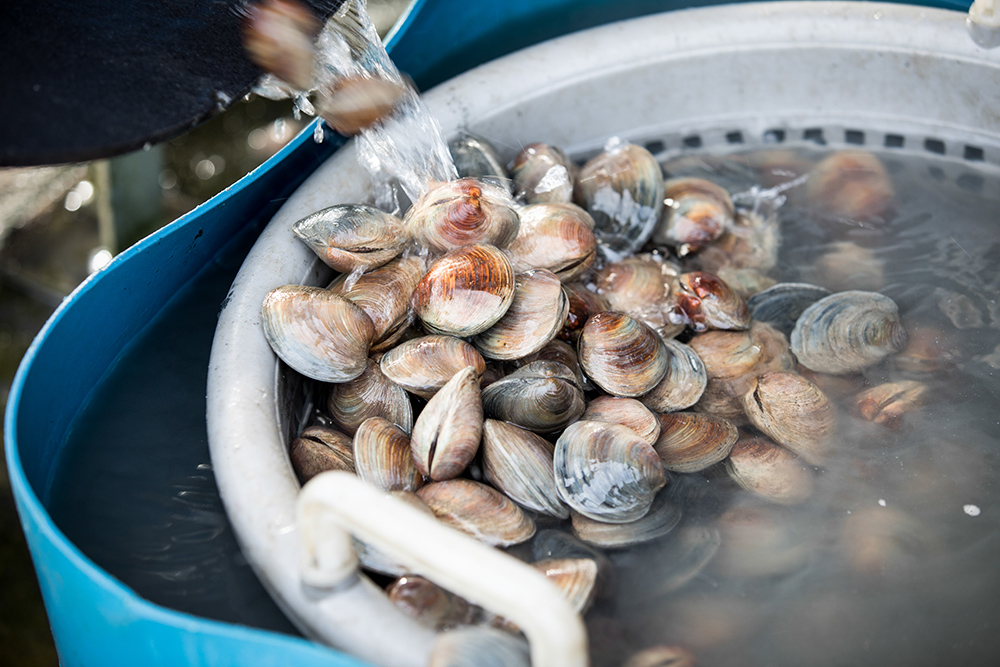By Brad Haire
University of Georgia
"There are emerging land-use conflicts in rural areas," said John Bergstrom, an economist with the UGA College of Agricultural and Environmental Sciences. New residents want more land for housing and amenities. Longtime residents want land for farming and forestry.
For Bergstrom's research, he divides land value into to two categories: consumptive and nonconsumptive.
The consumptive value is what can be extracted from the use of the land. This includes the value of its agricultural, forestry, hunting and fishing products. The nonconsumptive value is the value of the things "that are not harvested," he said. He considers things like residential and ecological value.
The consumptive value of rural land has been well documented, he said. Reports compiled by CAES scientists break this down annually by commodity and county. For example, the annual farm- gate value (the value of farm products leaving the farm) in Habersham County, in north Georgia, is $253 million. For Colquitt County, in south Georgia, it's $287 million.
But placing a value on the nonconsumptive values of rural land is harder, he said. "The data we do have suggests that the nonconsumptive value of land is growing," Bergstrom said.
In 1996, an acre of farmland in north-central Georgia was worth $4,500, according to a CAES study. An acre there now costs $12,000.
"It would be likely that this land is not going to be used for agriculture," Bergstrom said. "It is being bought for development or being bought for speculation."
The price of farmland in south Georgia, where most of the state's row crops are grown, has increased, but not at the level in north Georgia. An acre of farmland in south Georgia costs $1,000 per acre, about $200 more per acre than a decade ago.
"But even in south Georgia there's a trend where people are bypassing the suburbs and moving farther out into the country and into areas of traditional agriculture," he said. "This is called exurban development."
Bergstrom's future research will focus on better quantifying the nonconsumptive value of rural land by using geographical information systems, or GIS, and conducting surveys. He wants to create a database of information.
"The reason we want to do this is to provide information for solutions to these conflicts, which I believe will only continue to grow," Bergstrom said. "The information could be used by private landowners and local governments to set priorities for protection or the development of different land."
Bergstrom knows Georgians are interested in preserving farmland. According to a survey he conducted three years ago, Georgians would be willing to contribute through a one-time tax about $62 per household to preserve 100,000 acres or $81 to preserve as much as 2 million acres.
Bergstrom just returned from a one-year leave of study in Colorado, a state which has for many years collected data on the value of rural land, he said. He will apply in Georgia some of the data-collecting techniques he learned there.






